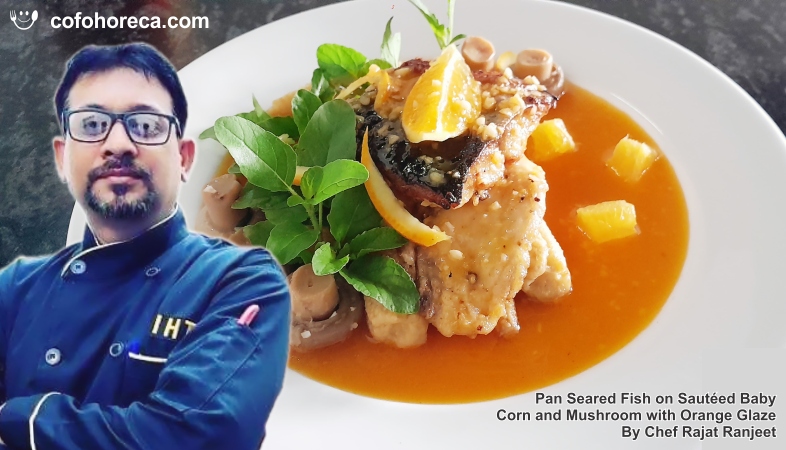SHARE
Commercials
More Posts
Jul 17, 2025
Chicken Shashlik - By Chef Bharath Bhushan C
May 20, 2025
Bhutte Ka Halwa - By Chef Reetu Uday Kugaji
Jul 17, 2025
Chicken Shashlik - By Chef Bharath Bhushan C
May 20, 2025
Bhutte Ka Halwa - By Chef Reetu Uday Kugaji
Jul 17, 2025
.png)




























